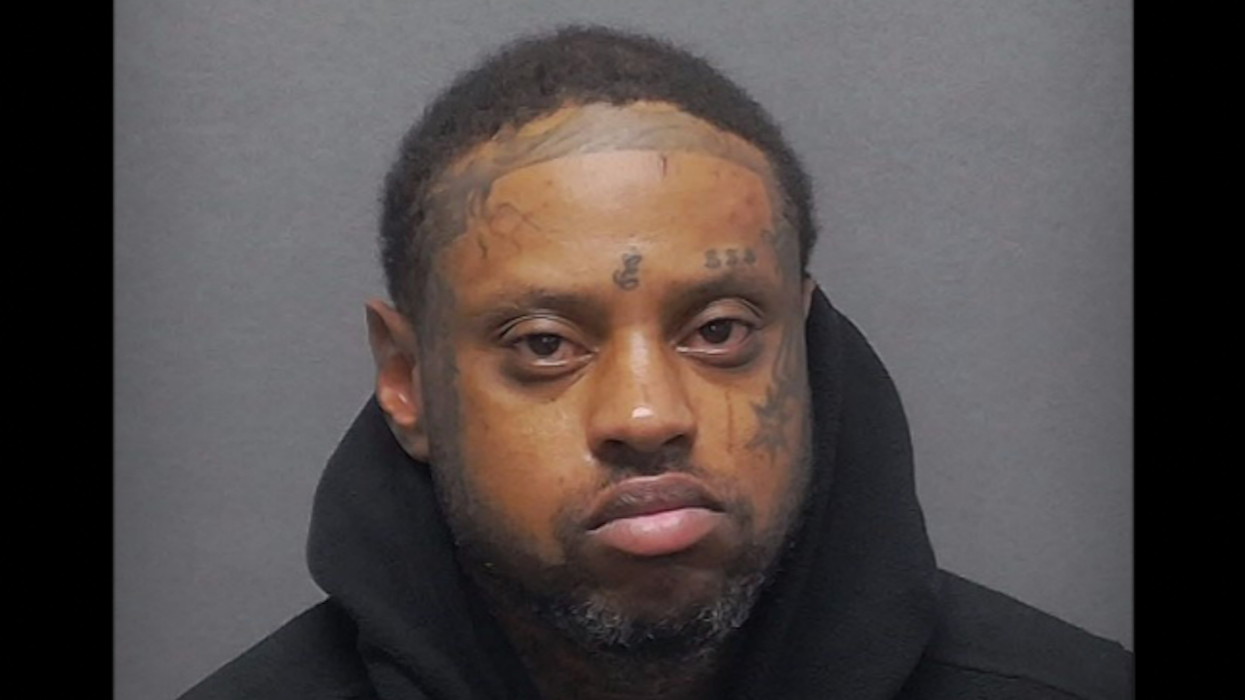
© 2025 Blaze Media LLC. All rights reserved.
Minutes into Brett Kavanaugh’s Supreme Court hearing, things turned into a circus. But here’s the thing, it’s all theater. All of it.
During the cacophony of opening statements, parliamentary objections, and the shouts of hecklers at the hearing, Majority Whip John Cornyn lamented that there used to be more of a “routine” to the process of hearing and then voting on a Supreme Court nominee. In reality, there still is very much a routine; now, it just happens to involve a three-ring circus disguised as a committee hearing, a bunch of vapid platitudes about the Constitution, and a party-line vote on the floor.
Here’s how it goes: The president of one party picks a judicial nominee whose previous rulings fit with his party’s overarching judicial philosophy. In the coming weeks, that nominee spends weeks meeting with senators face to face while being prepared for the big show by administration staff.
Then after the weeks of anticipation and speculation, the big day arrives. We begin by hearing hours upon hours of prepackaged statement after prepackaged statement from judiciary committee members before we actually get to the questions and answers, which also take hours. The questions from the nominating party are typically a collection of softballs meant to make the nominee look good for the cameras, while the opposition party tries to make the nominee look bad.
And the conversation around a nominee’s legal philosophy never reaches the depths that it deserves. On the Right, endless talking points about fidelity to the Constitution will pour forth like a waterfall, but aren’t followed with any real discussion of what that means on hard cases. On the Left, there will be a ton of talking points about which particular class groups the nominee either stands for or doesn’t stand for.
Both sides will talk about what so and so’s appointment would mean for the future of cases they want overturned — e.g., Roe v. Wade on the Right and Citizens United on the Left — but the conversation will almost always be dumbed down to whether or not a case will be overturned without ever asking whether or not it deserves to be overturned in the first place.
Either way, most (if not all) of the committee members have their minds made up about the nominee before they even set foot in the hearing chamber.
So, the question is, what exactly are the American people supposed to get out of this process that we don’t already get from weeks of media stories and politicians’ press releases about the nominee’s past?
Theater. We’re getting theater, with a little bit of debate on the side.
In his opening statement at the hearing, Sen. Mike Lee reminded everyone that holding hearings for Supreme Court nominees is an invention of the 20th century. The first was in 1916 for Louis Brandeis, Lee also pointed out on Twitter, and Brandeis wasn’t even asked to speak. Instead, other witnesses were asked to inform senators on his nomination. The first nominee to actually testify on his own behalf was Felix Frankfurter in 1939, he continues.
So, somehow, we managed to have a functional Supreme Court for over a century without holding hearings. And we managed to have one for even longer than that without the partisan public spectacle. But that’s really all we have now.
These hearings aren’t any sort of a gauge on how these judges will do their jobs once they’re given a lifetime appointment. The body of Justice Kennedy’s jurisprudence stands as an eternal testament to this. Rather, the hearings themselves are more a test of how well the nominee has been prepared to give media-friendly answers.
The slightly more accurate barometer of how a Supreme Court nominee understands the Constitution is the paper trail he or she has left behind throughout the course of public life and career. And that doesn’t require a weeklong media fracas.
What these hearings actually do provide is a wealth of opportunities for members of the Senate to grab quick sound-bites for the news cameras as well as for the media to write click-friendly stories about those sound-bites and heated exchanges. It’s also a great opportunity for protesters to put on their own performances by repeatedly interrupting the hearing before getting dragged out of the room by law enforcement, which happened multiple times during the opening statements of the Kavanaugh hearing.
Some argue that these hearings supposedly function as job interviews with the American people. But what good is a job interview if half the people on the panel are there to throw softballs while the others are there mainly to tell people how awful the candidate would be for the future of the company, even if phrased in the form of a question? What good is an interview when it’s no real indication of how the applicant will actually perform?
If we actually want to have a substantive discussion on what the Constitution is and how it should be understood, let’s find a way to have it that doesn’t dumb down the Constitution. But if we’re going to dedicate a week of attention to further degrading the dignity of the U.S. Senate and ourselves as citizens through shouts and partisan point-scoring, then let’s just not.
#mc_embed_signup{background:#fff; clear:left; font:14px}
/* Add your own MailChimp form style overrides in your site stylesheet or in this style block.
We recommend moving this block and the preceding CSS link to the HEAD of your HTML file. */
Want to leave a tip?
We answer to you. Help keep our content free of advertisers and big tech censorship by leaving a tip today.
Want to join the conversation?
Already a subscriber?
more stories
Sign up for the Blaze newsletter
By signing up, you agree to our Privacy Policy and Terms of Use, and agree to receive content that may sometimes include advertisements. You may opt out at any time.
Related Content
© 2025 Blaze Media LLC. All rights reserved.
Get the stories that matter most delivered directly to your inbox.
By signing up, you agree to our Privacy Policy and Terms of Use, and agree to receive content that may sometimes include advertisements. You may opt out at any time.






